360 video and virtual reality content have been the talk of the media industry in 2016. 360 videos and photos are popping up everywhere from Facebook to YouTube and have emerged as an exciting new medium for sharing stories.
This new medium is being referred to as a language, and this language brings with it a slew of associated lingo. Below are 10 buzzwords commonly being used to describe VR and 360 content and their real world translation.
1. VR HMD
It’s a safe bet that the term VR HMD has turned up on every major news publication, tech blog and social platform at some point in 2016. The acronym stands for virtual reality head mounted display and it applies to any of the virtual reality headsets, goggles or viewers we’ve seen hit the market. Popular models that fit under this umbrella include the Oculus Rift, Samsung Gear VR, Google Cardboard and HTC Vive.
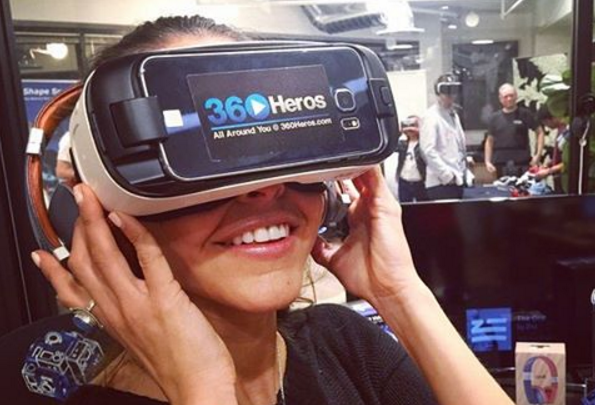
2. Immersive
The term immerse is typically used to discuss submerging or enclosing something in another substance. In the case of immersive content, the user is the subject being immersed and the content is what they’re surrounding themselves with. Immersive is a common adjective in the VR industry for describing the way in which virtual reality content grabs the user’s attention and fully draws them into a 360 video, VR game or experience.
3. Spherical Content
Spherical media can come in the form of panoramic (360-degree) photos, videos, video games and CG experiences that allow users to interact with the content and change their field of view. The most familiar example of this type of media is likely Google Street View with its ability to allow users to click and drag to explore locations on a map. This same interaction now exists on Facebook, YouTube and a variety of other platforms for both videos and photos.
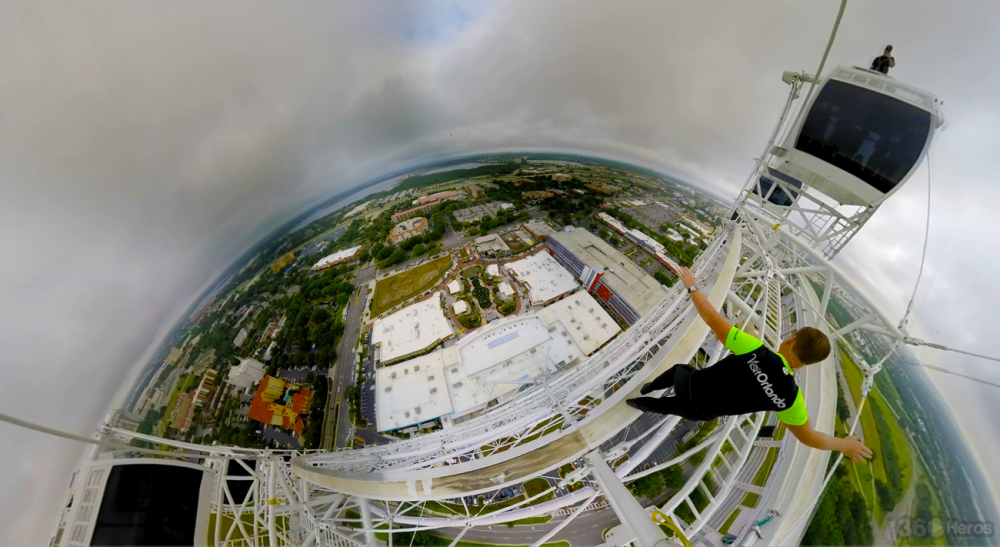
4. Stitching
Stitching is the process of combining footage filmed with 360 video cameras or multi-camera rigs. Stitching software is what’s working behind the scenes within a 360 camera to combine the footage from its multiple lenses. It’s also what 360 video producers use to combine, or stitch, footage filmed with multi-camera rigs for shooting 360.
A finished 360 video after the stitching process:
5. Equirectangular
Equirectangular images can be thought of as a panoramic photo or video laid flat. When viewing an equirectangular image or video, the top and bottom of the panoramic content (sphere) are centered and the right and left sides of the image represent the back of the flattened sphere.
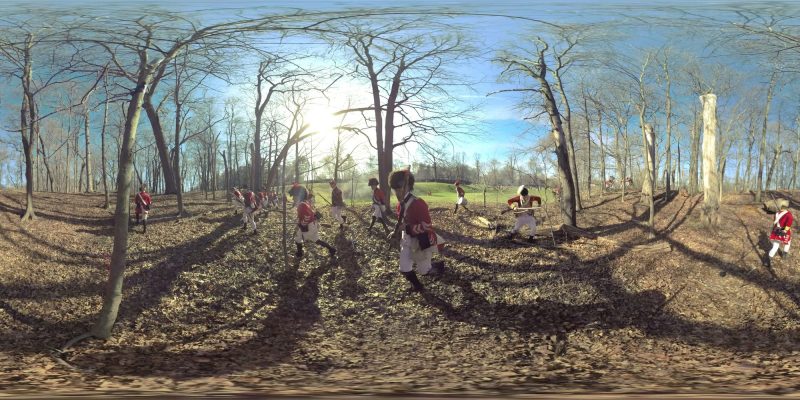
6. Empathy Machine
Virtual reality is often referred to as an empathy machine; this stems from the opportunity VR content presents to engage viewers at a higher level. The ability for users to dictate perspective and interact with videos and games is something traditional media doesn’t present. This opens the door for storytellers to create content that offers a first-person perspective and resonates with users in a powerful fashion.
7. Disrupt
Technology disrupting an industry is nothing new. The introduction of the internet and mobile devices both drastically changed the way we communicate, make purchases, gather information and do business. Virtual reality technology possesses the same disruptive power as it has the potential to impact entertainment, education, medicine and countless other industries. The next time you hear disruptive and VR in the same sentence think advancement and new technology.
8. Nadir
In terms of spherical content (360 videos and photos), the nadir is the bottom of the sphere. This is often where 360 video content creators place a logo to cover up how their 360-degree camera was mounted or totally remove evidence of their tripod during the editing process.
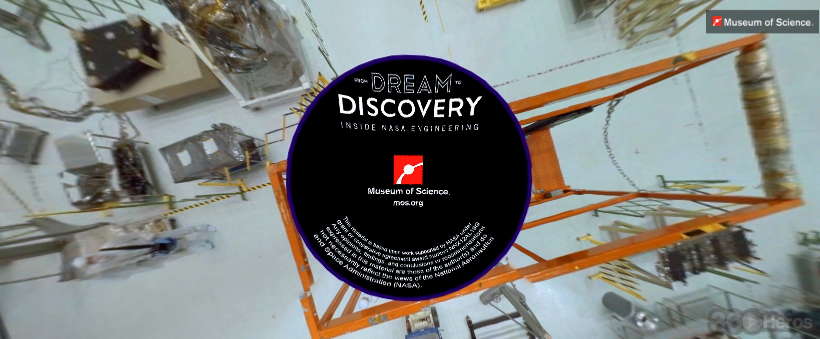
9. Augmented Reality (think Snapchat filters)
Augmented reality can be thought of as any instance when you are viewing a video, photo or the real world and some type of graphic element is overplayed on your field of view. A simple example is a Snapchat filter. Capturing a photo or video and overlaying the temperature or geolocation filter on a Snapchat is augmenting, or adding additional elements to your video/photo (reality). Read more about how Snapchat’s is introducing the world to AR here.
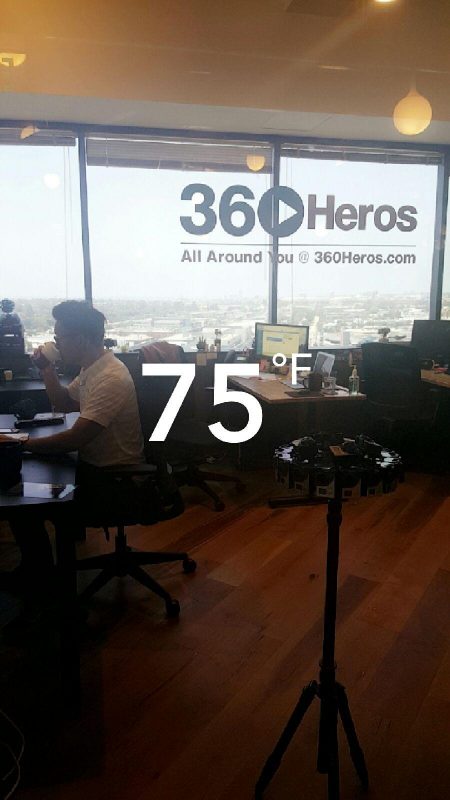
The new Pokémon Go is another example of AR making its way into the mainstream. What happens in the app is dictated by the user’s real world location and actions. The app’s battles take place in the real world environment being filmed by the mobile device’s camera, overlaying the games graphics for an augmented reality experience.
10. Virtual Reality
As I previously mentioned, virtual reality‘s applications span multiple industries and come in many shapes and forms. The beauty and power of this medium that has the world’s top brands and execs so excited is its adaptability. Whether you’re discussing a medical training program designed to be viewed with a VR HMD or a 360 video produced by a Hollywood studio, virtual reality has the ability to transport us to new world’s and I’m personally excited to see where it takes us next.


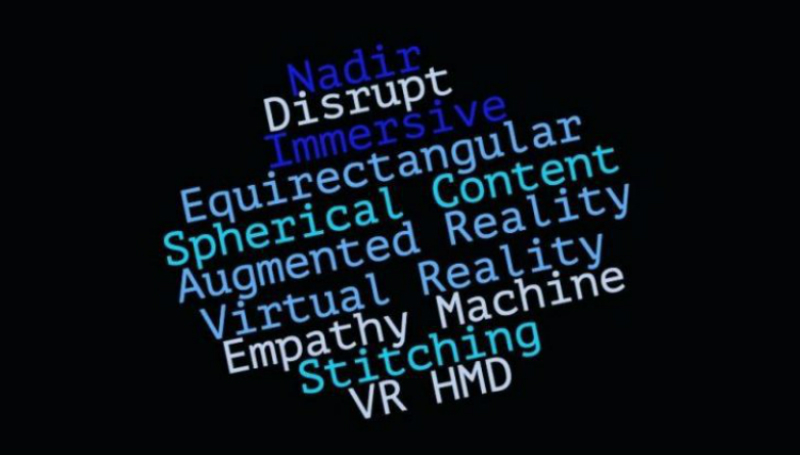
You must be logged in to post a comment.